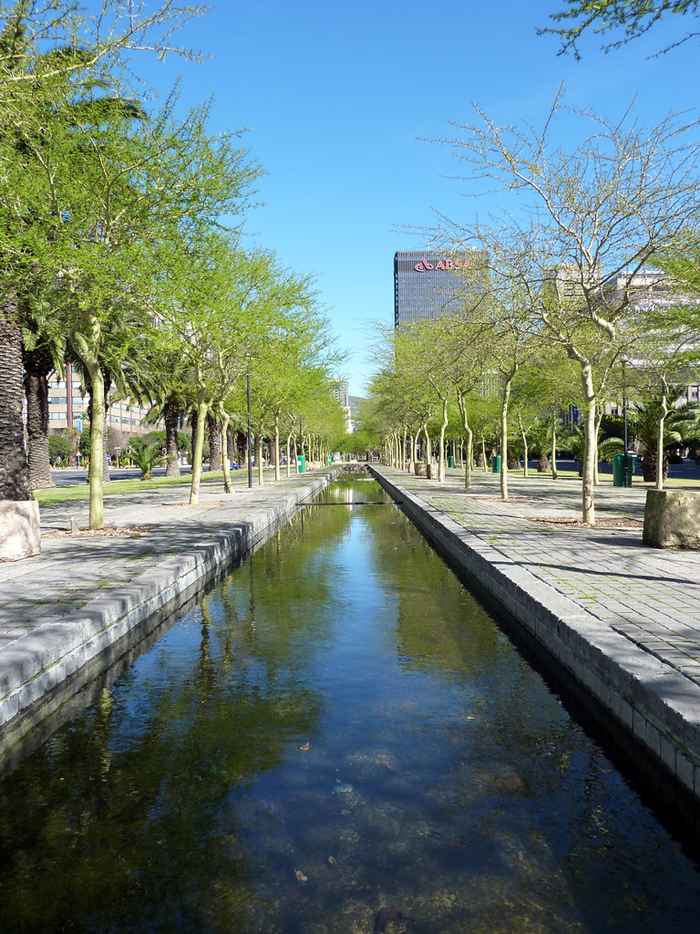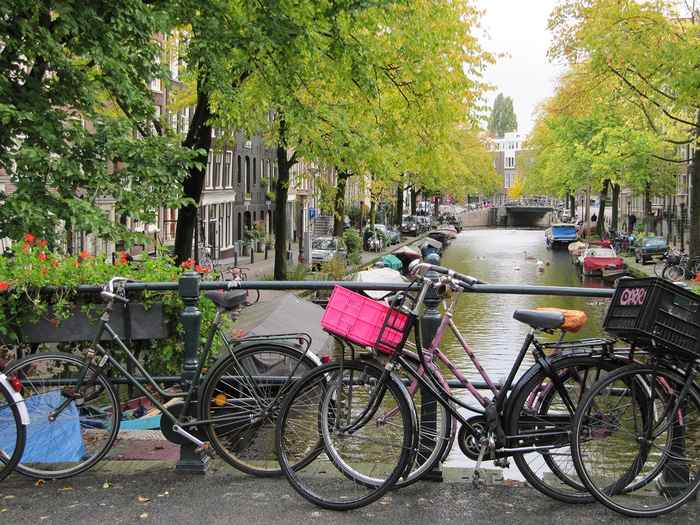Bringing Amsterdam and Cape Town together - by visiting Prof. Dianne Scott
Publication date 25-02-2015
Inspired by Jenny Robinson’s invocation to look for ‘new ways of bringing cities together’ in urban studies, one is struck by a strong feeling of connectedness between the cities of Amsterdam and Cape Town. Since 1652 these cities have ‘inhabited each other’ and have been ‘drawn together’ more closely at various times in history and ‘kept apart’ at others. Viewing the roots of the Amsterdam-Cape Town connectedness merely as a binary of metropole and colony, does little justice to the rich and nuanced relationship in time and space of these two cities. The concept of ‘entanglement’ defined as “a condition of being twisted together or entwined, involved with; it speaks of an intimacy gained, even if it was resisted, ignored and uninvited”. To this day this ‘intimacy’ exists although it was variously ‘resisted’ and ‘ignored’ by Amsterdam and the Dutch anti-apartheid movement from the sixties.

